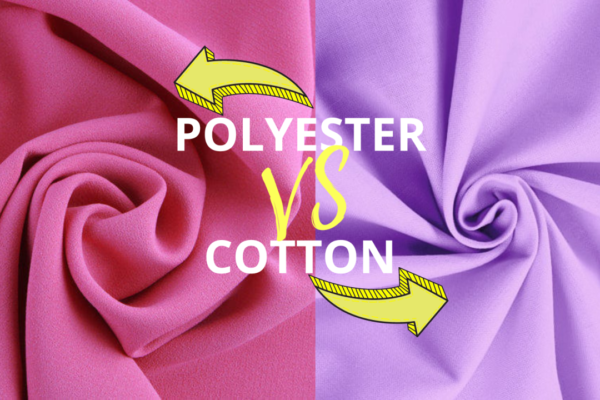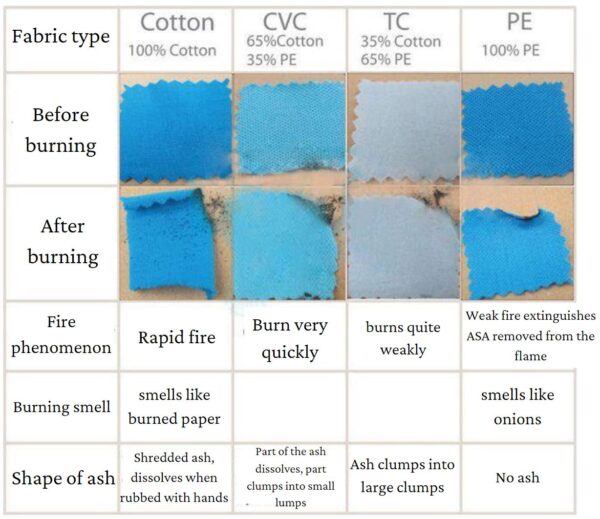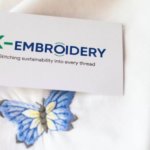The truth about cheap hand smocked dress products that are widespread on the market
Hand smocked dress manufacturers from Europe (US, UK, Ger,..) offer their products at prices ranging from $30-$55. While similar manufacturers in Southeast Asia (Vietnam, Thailand,…) sell their products at prices ranging from $20-$35. And prices from some countries in Africa and China will surprise you with super cheap prices, only from $9-$17. Why is there such a terrible disparity? Are there any secrets that we don’t know? The article below may be the answer you are looking for!
Explain why there are price differences between regions
For hand smocked dress or garment products in general, the cost for each product will include the following:
- Cost of input materials (fabric, sewing thread, dye,…)
- Design costs
- Processing costs paid to workers
- Management costs
- Transportation costs
- Marketing costs
Based on this cost structure, we can understand why there is a significant price difference between regions.
First, we all know that labor costs in Europe are high compared to the general level. According to a 2023 study by the International Labor Organization, the income of embroidery industry workers in Europe is approximately $13,620/year, 38% higher than the world average. That is the main reason why products processed in Europe become expensive. Not to mention the fact that they often invest in modern technology lines as well as spend a lot of money on Marketing.
Thus, it is understandable that Hand smocked dress products are offered at wholesale prices ranging from $30-$55.
Currently, large embroidery companies tend to shift investment to countries in Southeast Asia. The reason is that in these areas, investment costs for human resources and input materials are cheap. Especially Vietnam, which has workers who are considered to be the most highly skilled, skillful, hard-working,… in the world. You may be surprised by the excellent quality of the products and their attractive prices! Buying wholesale hand smocked/embroidered clothing from Vietnam will be the right choice.
Finally, some suppliers from Africa and China say they offer the same quality products at “crazy” low prices. Only from $9-$17 for a piece hand smocked dress. Why such a low price? This is a question of many customers that I have to answer during the process of consulting them.

Finding the answer is not an easy journey. I tried searching for information on the Internet but couldn’t find it. The turning point came when I ordered a sample of a smocked dress from supplier X from China (please remain anonymous) to review the quality of the product. Here, the secret about cheap hand smocked dress products that are widely on the market has been revealed.
Cheap hand smocked dress with low-quality products
When I received the sample of the smocked dress, I was quite surprised at first. Its appearance looks quite good, similar to the design, and relatively standard in color. However, upon closer inspection with the naked eye, several errors appeared, most notably uneven seams. But that’s not all.
When I directly touched the product with my hands, I realized that this manufacturer did not use the correct 100% cotton fabric that they had committed to me. As someone who has been exposed to fabric since childhood, it is not difficult for me to know that this is poor quality fabric.
After analysis, I determined that this is a cheap CVC (Chief Value of Cotton) fabric, mixed from 65% Cotton and 35% Polyester. This is a common tip for disreputable embroidery companies to minimize their production costs. That is, mixing a certain amount of synthetic substances into them to turn them into cheap synthetic cotton fabric. Without experience and knowledge, consumers will not be able to recognize this.

Cheap cotton-polyester fabric: supplier’s secret
That’s right, the use of cotton mixed with polyester (synthetic fabric) is something that manufacturers do not want consumers to know about. Simply because this helps manufacturers save a lot of costs, but it brings negative impacts to consumers.
Compared to 100% cotton, poly cotton may not be as breathable due to the lower percentage of cotton fibers. On hot days, this fabric can make you feel hotter and limit your ability to absorb moisture and sweat. This is also especially important when applied to children’s clothing products, which make children feel uncomfortable, sensitive, and easily irritated.
In addition, the poly cotton fabric also easily loses its form and elasticity after a period of use, as well as easily deforms when subjected to high heat.
So how to recognize 100% cotton fabric and Poly cotton fabric?
Distinguished by properties
Physical properties of cotton fabric: Based on physical properties to distinguish 100% cotton fabric will be soft, smooth, and prone to wrinkles when crumpled. On the contrary, Poly cotton fabric will have a smooth and glossy hardness that is difficult to wrinkle when rubbed.
Distinguished by burning
To distinguish 100% cotton fabric through chemical properties: When burning cotton fabric samples will last longer and will not curl because the ingredients are natural (Fiber, Wood), so when the fabric burns, it will create smoke with a smell. wood. And there is a fire that is pink when it burns out, you squeeze it with your hand and it will be smooth and melt in your hand. Unlike other fake or mixed fabrics, when burned, it will create a plastic smell if mixed with PE. And that piece of fake fabric will partially clump and the clump ratio is the mixing ratio.

Distinguish cotton fabric by characteristics when mixed with PE
- 100% Cotton: With 100% natural cotton fiber. With this type of fabric, the appearance of the fabric seems a bit rough. However, the toughness and ability to absorb sweat are extremely good. This type of fabric has the highest price compared to other fabrics.
- 65% cotton: With 65% natural cotton fibers and 35% PE (polyester) synthetic fibers. This type of fabric has a sleek appearance, airy fabric, and good elasticity, and the price is lower than 100% cotton fabric.
- 35% Cotton: With 35% natural cotton fiber and 65% PE. This fabric does not absorb moisture, it is very hot to wear, the fabric is not beautiful and quickly becomes fuzzy.
- 100% PE: Can be distinguished by the relatively cheap price of this type of fabric, and this type of fake cotton has very poor elasticity and sweat absorption ability.
Distinguish 100% cotton by testing with water
Use water to drip onto the surface of the cotton fabric:
- 100% cotton fabric: Water absorption time is fast, and the water spread area on the fabric surface is large and even.
- Imitation cotton fabric contains % polyester: The higher the % polyester content, the slower the water absorption time and the smaller and more uneven the water-loaming area on the elastic fabric surface.
In general, the classification of t-shirts is based on the percentage of natural cotton fibers. The higher the percentage of cotton, the better the elasticity and ventilation of the stretcher fabric and vice versa.
 |
K-Embroidery is one of the largest embroidery factories in Vietnam. We are a professional manufacturer, with outstanding products in hand embroidery, hand smocking,… especially children’s clothing products, meeting STANDARD 100 by OEKO-TEX® standards. If you are interested in our services, you can learn more at: About Us, Catalog,… |


